Waveform was my senior thesis project as part of my Industrial Design BS at Western Washington University.
Year : 2020
Client : Personal
Discipline : Industrial Design, 3D Motion Design, Sound Design
Software : Blender, Solidworks, Keyshot
Waveform is a haptic wearable that enables more immersive experiences with audio.
Music by Kyle Hamm
Waveform brings a sense of touch to audio.
Haptic engines create physical vibrations that match audio frequencies. This means you can feel bass in your chest as if you were at a concert, or even experience frequencies that can't be heard.
I was inspired by the potential of a new emerging product category of haptic wearables, but the current product offering is lacking.
Opportunity
Set the standard for a new product category of Haptic Wearables
Functional Requirements
Extensive research, consultations with audio technicians, and tear-downs of audio equipment informed technical requirements and reasonable size restrictions.



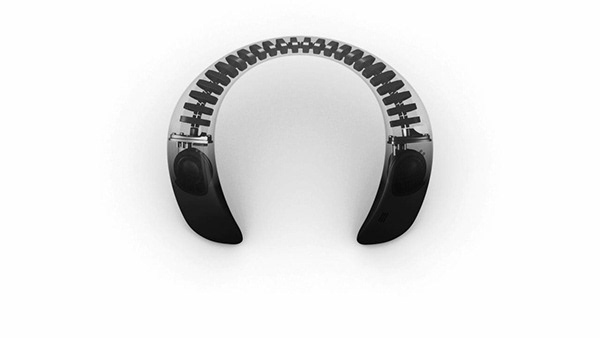
Haptic Motor Placement
Functional prototypes allowed for insights on the most comfortable and effective placement of haptic motors. It was found that vibrations felt the most natural and potent when placed on the front and back of the chest.
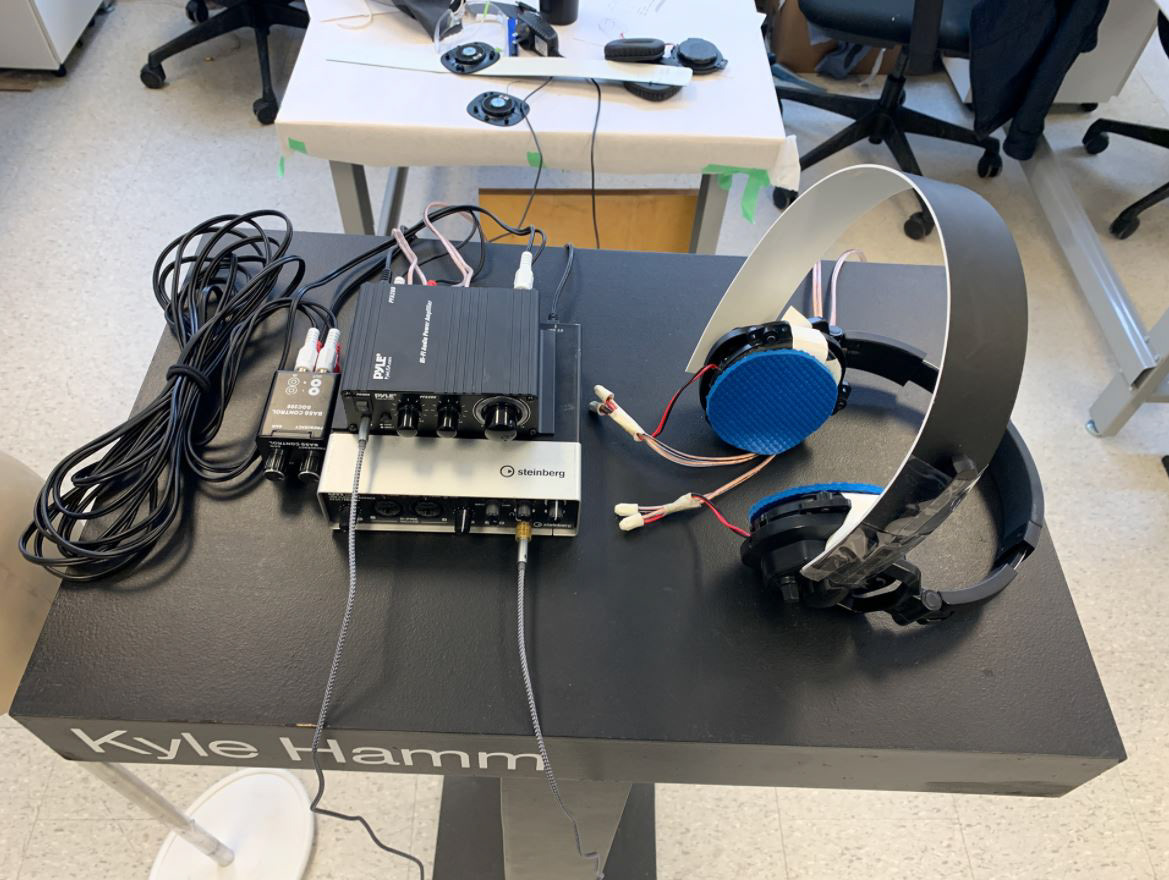
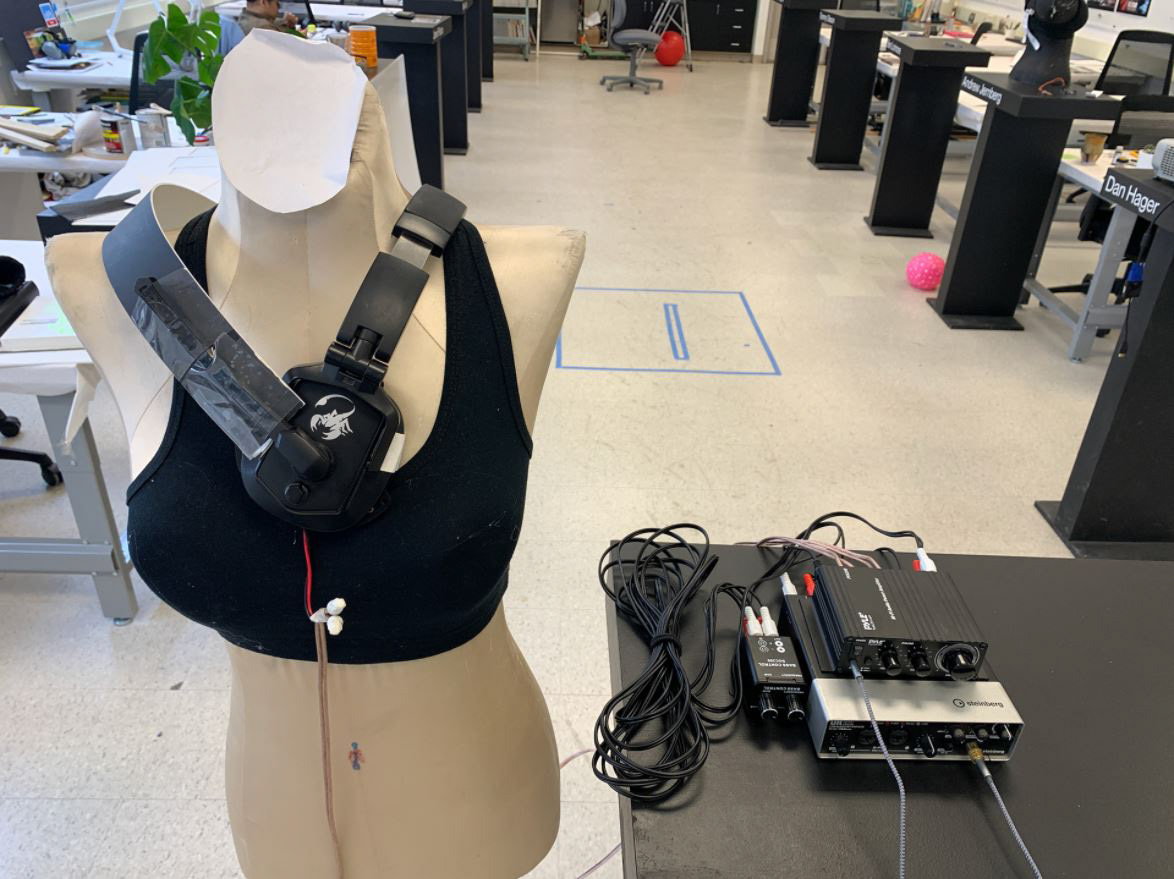
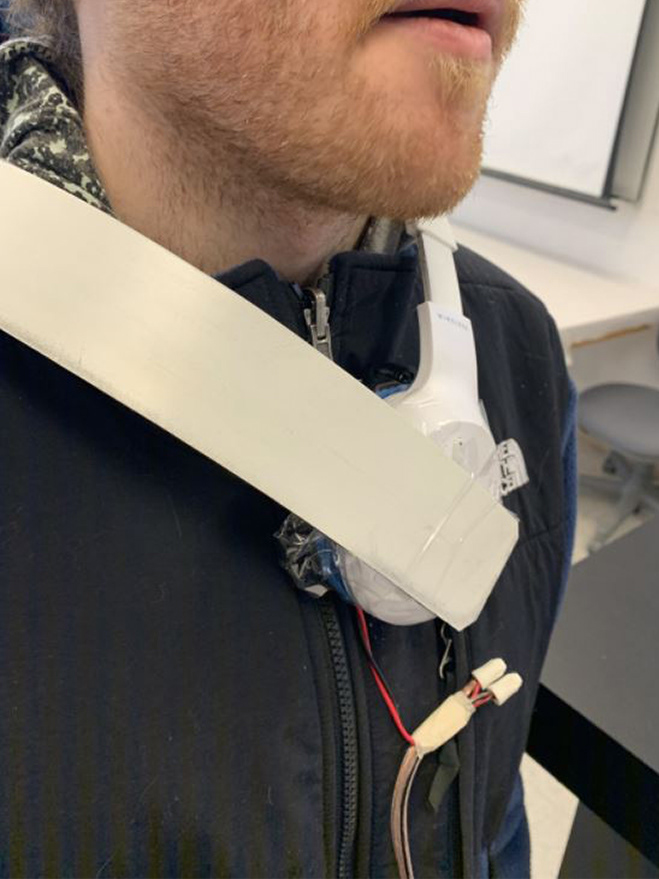
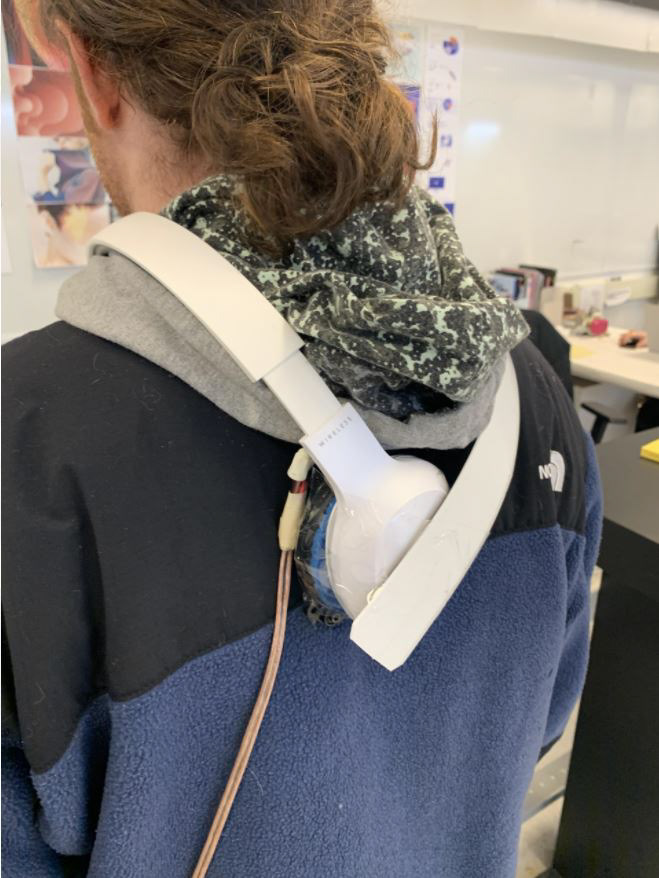
Refining Details
A large percentage of iteration took place in Blender. This allowed me import many 3D scans of different body types and construct the shape of the product around them.
A Skipping Stone
Waveform's shape was inspired by the moment a stone skips across the water's surface. In this moment it shares a gentle interaction with the water's surface, sending out rhythmic patterns.
A Firm Hold
Spring loaded arms have tension like headphone straps to hold the points of vibration against the body with subtle pressure. This means that putting on and taking off is effortless and can be done with just one hand.
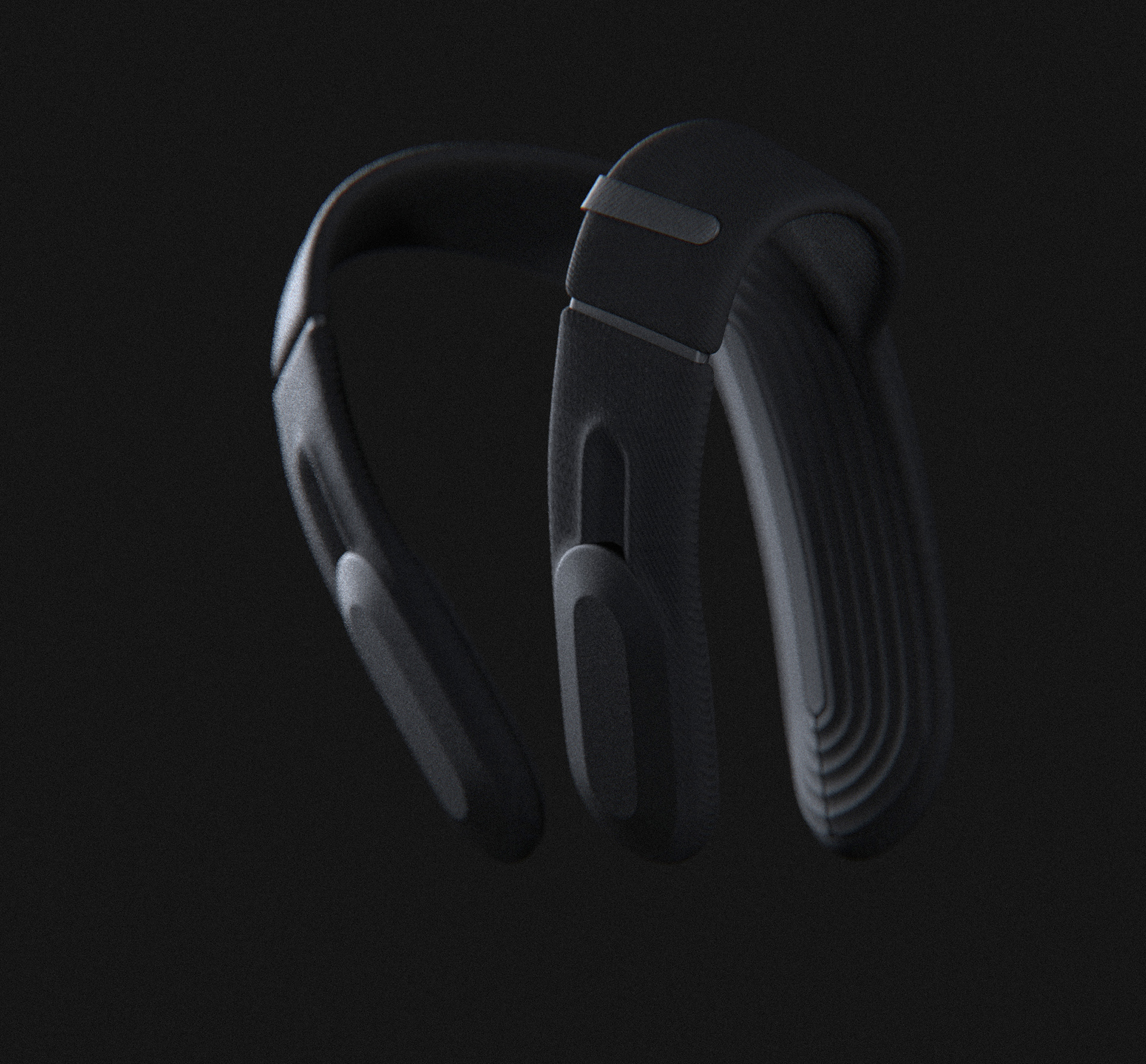

Shaped for You
Arms slide along a rail to adjust the height placement of the haptic motors on the chest.


A gooseneck mechanism where the arms meet the back allow for lateral adjustment.
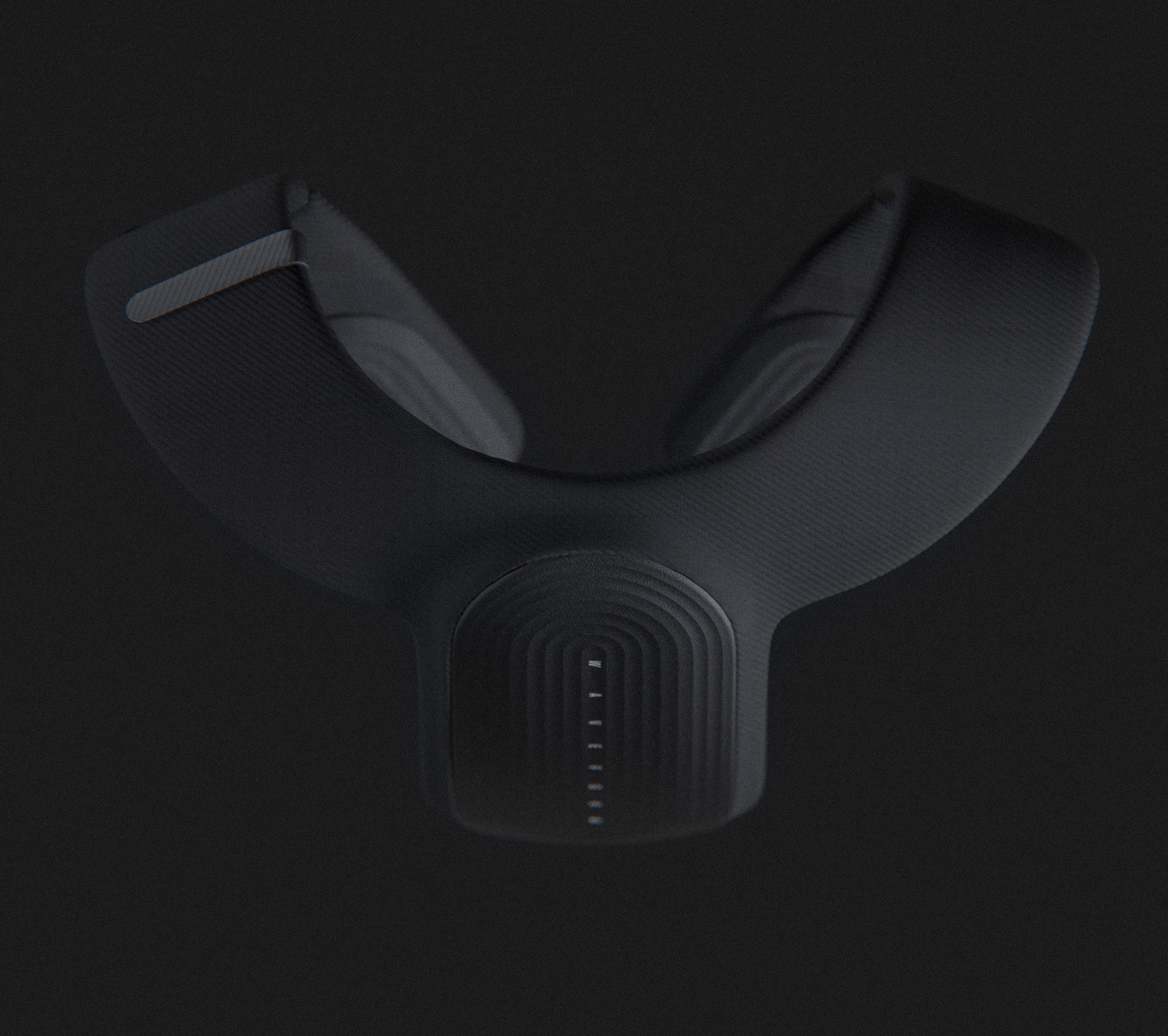

Waveform's shape was built from 3D scans of many different body types. The haptic motor contact areas are shaped to conform comfortably to the body.
No-Look Interface
Every element of the interface is tactile and can be navigated without needing to look, so you won't have to remove your VR headset to get going.
Flexible for any connection configuration.
If a wired connection is preferred, cords can be kept under control the with movable clip.
